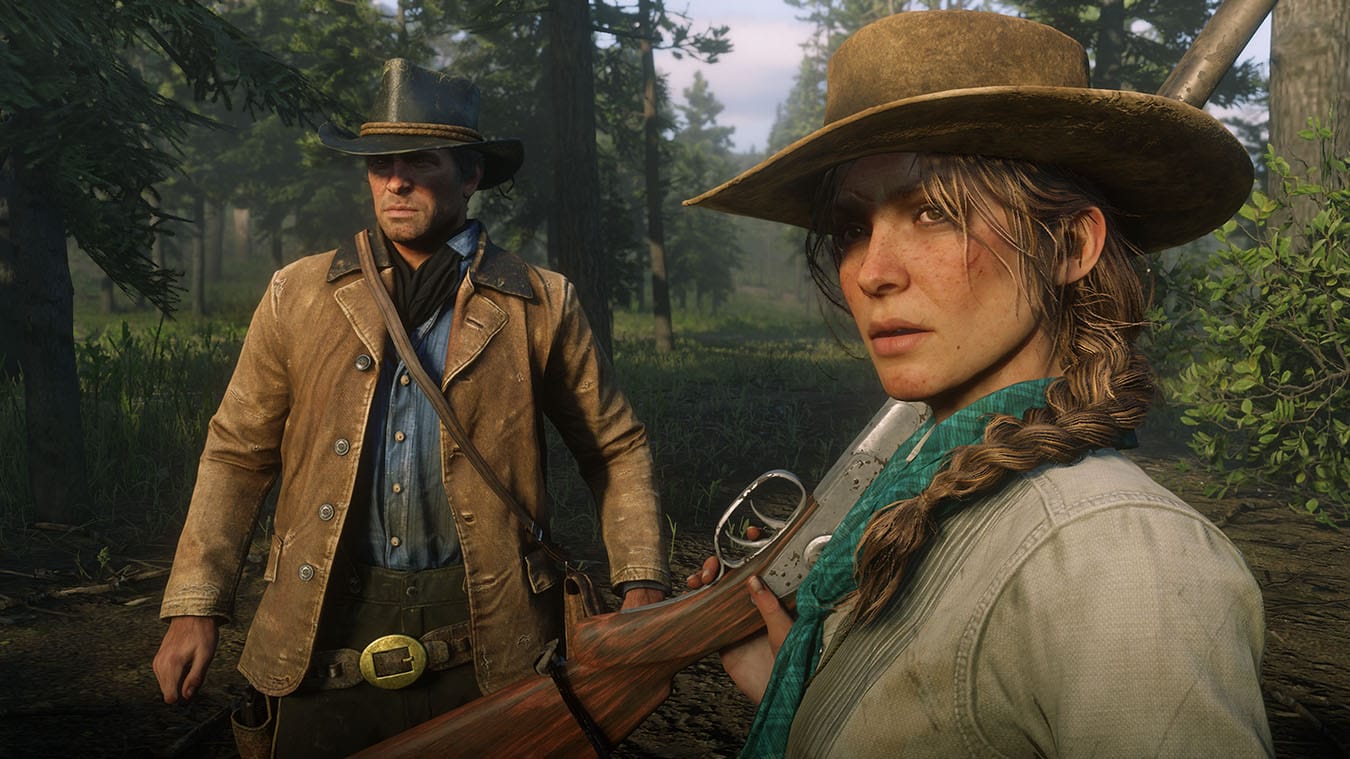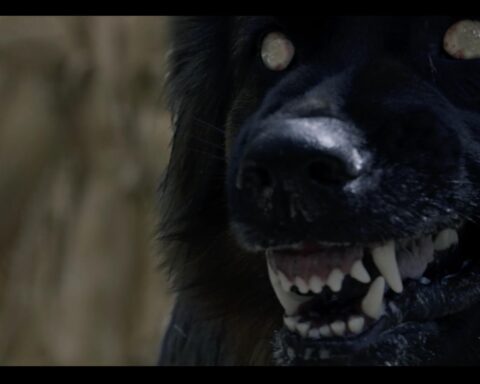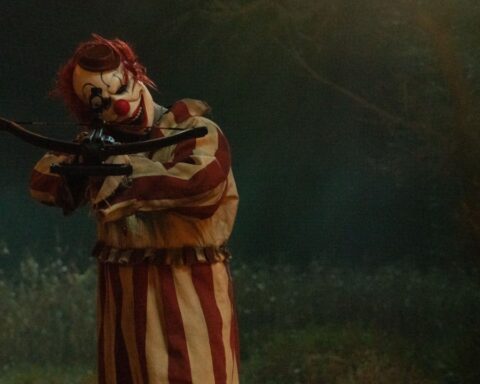Rockstar Games, known for its innovative open-world environments and compelling narratives, released Red Dead Redemption 2 (RDR2) in 2018 to widespread acclaim. As a prequel to 2010’s Red Dead Redemption (RDR1), the game expands upon the legacy of its predecessor while carving out its own distinct identity. RDR2 is an intricate tapestry of storytelling, character development, and world-building, all set against the backdrop of the waning years of the American Wild West. In this review, we’ll delve deep into the game’s storyline, characters, gameplay mechanics, and themes, while also drawing comparisons to the original RDR to understand how this prequel builds upon and surpasses its predecessor.
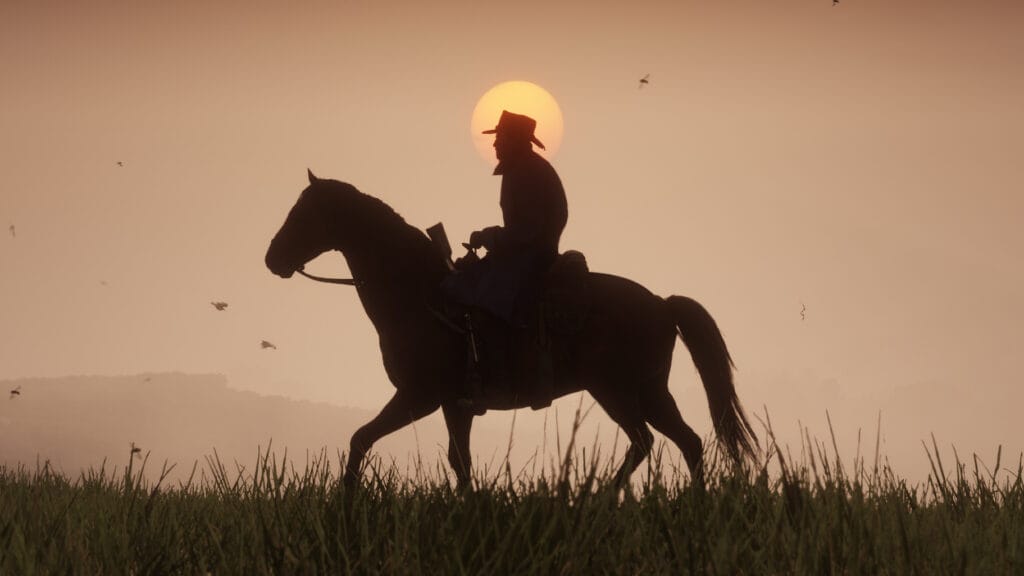
Storyline: The Tragic Decline of an Outlaw’s Life
RDR2 is set in 1899, twelve years before the events of the first game, and tells the story of Arthur Morgan, a senior member of the Van der Linde gang. The gang, led by the charismatic and idealistic Dutch Van der Linde, is on the run after a botched ferry robbery in the town of Blackwater. As the gang tries to escape the clutches of the law and survive in an increasingly hostile world, tensions rise, alliances fray, and Arthur is forced to confront his own beliefs and loyalties.
The game’s narrative is sprawling, encompassing a wide range of themes from loyalty and betrayal to redemption and the inexorable march of civilization. What sets RDR2 apart from many other open-world games is its commitment to storytelling. Every mission, no matter how seemingly insignificant, is imbued with character development and narrative progression. The game’s story is not just about Arthur’s journey; it’s also about the collective fate of the Van der Linde gang and how each member responds to the changing world around them.
One of the most striking aspects of RDR2’s storyline is its slow burn. Unlike many modern games that throw players directly into the action, RDR2 takes its time to build its world and characters. The first few hours are deliberately paced, allowing players to get to know the gang members and their dynamics. This pacing may feel sluggish to some, but it serves a greater purpose: by the time the game’s narrative reaches its climax, the player is deeply invested in the characters and their fates.
The game’s epilogue, which shifts the focus to John Marston, the protagonist of the first game, serves as both a bridge and a contrast between the two games. It provides a bittersweet closure to Arthur’s story while setting the stage for the events of RDR1. The shift in tone from Arthur’s tragic journey to John’s struggle for a peaceful life underscores the thematic continuity between the two games: the idea that the past is inescapable and that the consequences of one’s actions reverberate long after they’re gone.
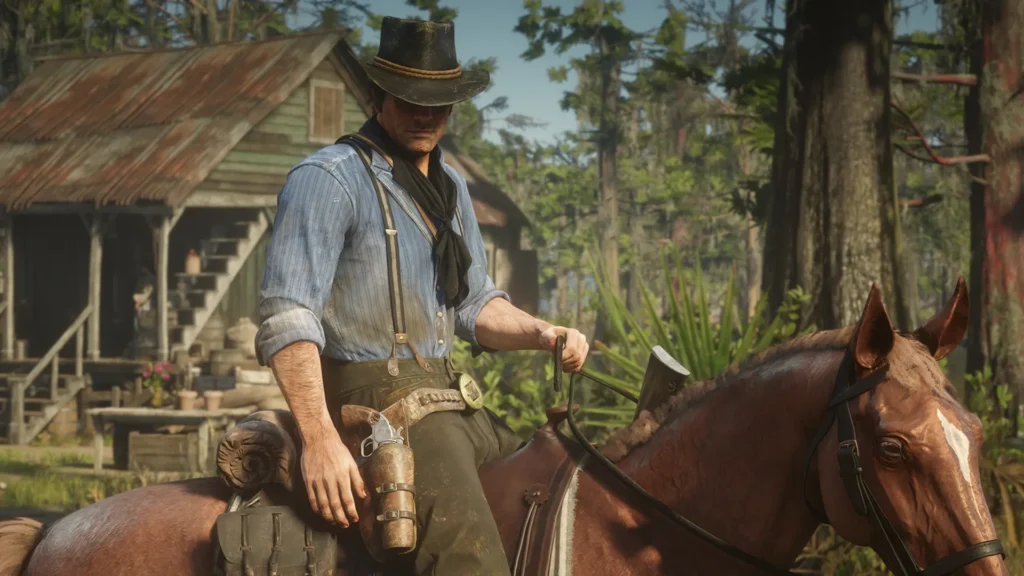

Characters: A Gallery of Complex Individuals
RDR2 boasts one of the most memorable casts of characters in modern gaming. At the center is Arthur Morgan, a character whose depth and complexity are rare in video games. Arthur is not your typical video game protagonist; he’s a man shaped by a lifetime of violence and crime, but also one capable of deep introspection and compassion. Throughout the game, players witness Arthur’s internal struggle as he grapples with his loyalty to Dutch and the gang, his growing disillusionment with their way of life, and his desire to find some measure of redemption before it’s too late.
Dutch Van der Linde, the gang’s leader, is another standout character. Dutch is a visionary, a man who genuinely believes in his own rhetoric about freedom and resisting the encroaching forces of civilization. However, as the game progresses, Dutch’s idealism gives way to paranoia and delusion. The slow unraveling of Dutch’s character is one of the game’s most compelling arcs, as players witness the man who once held the gang together become the very force that tears it apart.
The supporting characters in RDR2 are equally well-developed. From the brash and reckless Micah Bell to the loyal and steadfast Sadie Adler, each member of the Van der Linde gang has their own distinct personality and role in the story. The game’s writing and voice acting bring these characters to life in a way that few games manage. Conversations between gang members feel natural and unscripted, adding to the sense of immersion.
One of the game’s most poignant relationships is between Arthur and John Marston. As the story progresses, Arthur takes on a mentor-like role to John, urging him to leave the gang and build a better life for his family. This relationship adds a layer of tragedy to the game, as players who are familiar with RDR1 know that John’s attempts to escape his past will ultimately be in vain.
Gameplay Mechanics: A World as Real as It Gets
RDR2’s gameplay mechanics are a blend of realism, immersion, and traditional open-world design. The game’s world is vast and meticulously crafted, with an attention to detail that borders on obsessive. From the way the light filters through the trees in the early morning to the way the mud clings to Arthur’s boots after a rainstorm, every aspect of the world is designed to draw the player in and make them feel like they are truly inhabiting this space.
The game’s mechanics are deeply intertwined with its narrative and themes. For example, the game features a morality system that tracks Arthur’s actions and affects how other characters perceive him. While this system is not as overt as in other games, it adds a layer of depth to Arthur’s character arc. Players who choose to play Arthur as a more honorable man will experience a different ending than those who embrace the life of an outlaw. This system reinforces the game’s themes of redemption and consequence, as Arthur’s actions have a tangible impact on his world and his fate.
Combat in RDR2 is deliberate and weighty, reflecting the gritty and grounded nature of the setting. Gunfights are intense and often brutal, with a focus on cover and careful aim. The game’s Dead Eye system, which allows players to slow down time and target specific enemies, returns from RDR1 and is as satisfying as ever. However, combat is just one aspect of the game. RDR2 places a strong emphasis on exploration and interaction with the world. Players can hunt, fish, play poker, and engage in countless other activities, all of which contribute to the sense of immersion.
One of the most talked-about aspects of RDR2 is its commitment to realism. The game features a survival system that requires Arthur to eat, sleep, and maintain his health. Horses, which play a central role in the game, must be fed, groomed, and cared for, and they can die permanently if injured. These mechanics add a layer of challenge and immersion to the game, but they can also be divisive. Some players appreciate the added depth and realism, while others find the systems tedious and overly restrictive.
The game’s open-world design is another area where RDR2 excels. The world is teeming with life and activity, from bustling towns and cities to remote wilderness areas. The world feels dynamic and lived-in, with NPCs going about their daily routines and reacting to the player’s actions. Random encounters and side quests are scattered throughout the world, offering players the chance to engage with the game’s world and characters in meaningful ways. These encounters often tie into the game’s larger themes, reinforcing the idea that the world is changing and that the old ways of the West are dying out.
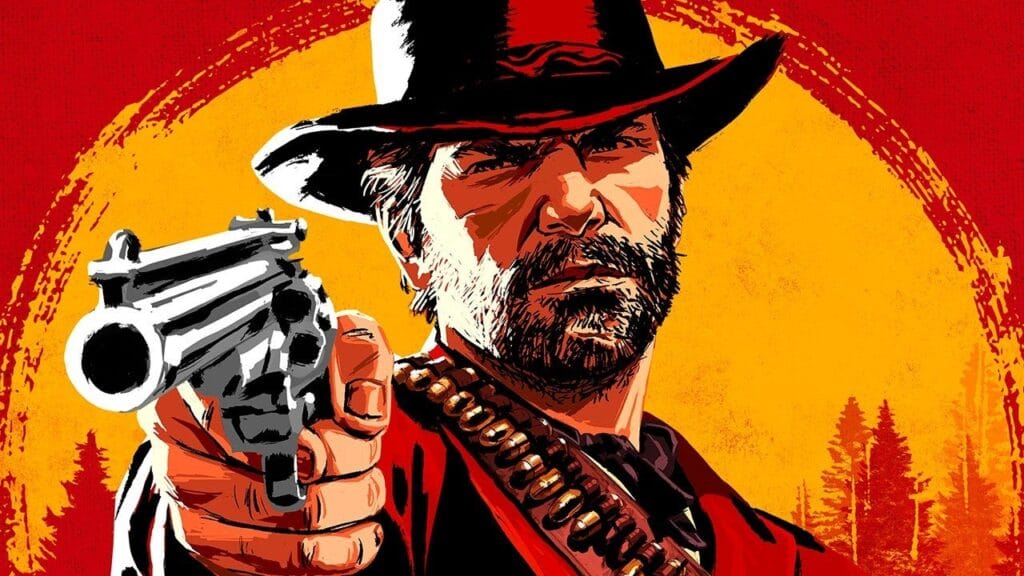
Themes: A Meditation on Change and Consequence
At its core, RDR2 is a game about change and consequence. The game’s setting—the dying days of the Wild West—is symbolic of a world in transition. The open frontier is being tamed, and the outlaws who once thrived in its lawless expanse are being hunted down or forced to adapt. This theme is reflected in the game’s characters, many of whom struggle to find their place in a world that no longer has room for them.
Arthur Morgan’s journey is a microcosm of this larger theme. Arthur is a man out of time, clinging to a way of life that is rapidly disappearing. His internal struggle—whether to continue living as an outlaw or to seek redemption—mirrors the larger struggle of the Van der Linde gang and the world they inhabit. As the game progresses, it becomes clear that there is no place for men like Arthur in the new world that is emerging. The game’s epilogue, which shifts focus to John Marston’s attempt to build a life for his family, underscores this theme. John’s struggle to leave his past behind and build a future is a reflection of the broader theme of change and the consequences of one’s actions.
The game also explores the theme of loyalty and betrayal. The Van der Linde gang is a family of sorts, bound together by shared ideals and a sense of camaraderie. However, as the pressures of survival mount, cracks begin to form in the group. Dutch’s increasing paranoia and erratic behavior drive a wedge between him and the rest of the gang, leading to a series of betrayals that ultimately tear the group apart. Arthur’s loyalty to Dutch is tested throughout the game, and his ultimate decision regarding where that loyalty lies is central to his character arc.
Another key theme in RDR2 is the inevitability of change. The world of the game is one in which the old ways are dying out, replaced by the forces of civilization and progress. This theme is reflected in the game’s setting, as players witness the encroachment of railroads, towns, and law enforcement into the once-wild frontier. The game’s narrative reinforces this theme, as the Van der Linde gang’s attempts to resist the march of progress are ultimately futile.

Comparison to Red Dead Redemption: A Worthy Prequel
Comparing RDR2 to its predecessor, RDR1, highlights both the similarities and differences between the two games. Both games share a common setting and themes, but RDR2 expands upon these elements in significant ways.
RDR1 was a groundbreaking game in its own right, with a compelling narrative centered around John Marston’s quest for redemption. The game was praised for its open-world design, its engaging characters, and its thematic depth. However, RDR1 was also a more straightforward game in many respects. The narrative was more focused, and the world, while expansive, did not have the same level of detail and interactivity as RDR2.
RDR2 takes the foundation laid by RDR1 and builds upon it in almost every way. The world is larger and more detailed, the characters are more complex, and the narrative is more intricate. The game’s mechanics are also more refined, with a greater emphasis on realism and immersion. The result is a game that feels like a natural evolution of its predecessor while also standing on its own as a distinct and compelling experience.
One of the most significant differences between the two games is their approach to storytelling. While RDR1 told a more linear and focused story, RDR2 embraces a more sprawling and layered narrative. This difference is reflective of the games’ respective protagonists. John Marston’s story in RDR1 was one of a man trying to right the wrongs of his past, while Arthur Morgan’s story in RDR2 is more about his internal struggle and the collapse of the world around him.
Another key difference is the tone of the two games. RDR1 had a more straightforward, almost mythic quality to its story, with clear lines between good and evil. RDR2, on the other hand, is more ambiguous and morally complex. The game explores the grey areas of morality, with characters who are neither wholly good nor wholly bad. This complexity makes RDR2 a more nuanced and thought-provoking game, but it also makes it more challenging to navigate.

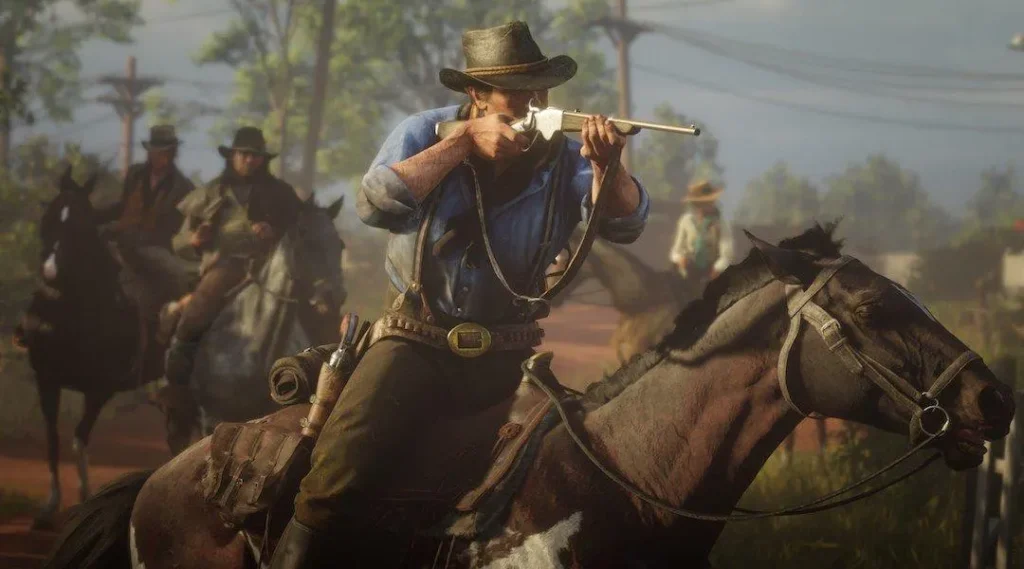
Conclusion: A Masterpiece of Storytelling and Design
Red Dead Redemption 2 is a remarkable achievement in video game design, storytelling, and character development. It takes the foundation laid by its predecessor and expands upon it in every way, creating a world that is more immersive, more detailed, and more emotionally resonant. The game’s narrative is a slow burn, but it rewards patience with a story that is rich in thematic depth and character complexity. The characters, especially Arthur Morgan and Dutch Van der Linde, are some of the most memorable in gaming, brought to life by exceptional writing and voice acting.
The game’s mechanics, while occasionally divisive, are deeply intertwined with its narrative and themes, creating an experience that is as immersive as it is challenging. The world of RDR2 is a living, breathing entity, full of life and activity, and players are encouraged to engage with it in meaningful ways.
In comparing RDR2 to the original RDR, it becomes clear that while both games share common themes and a similar setting, RDR2 is a more ambitious and complex game. It pushes the boundaries of what an open-world game can be, both in terms of its narrative scope and its level of detail.
Ultimately, RDR2 is more than just a game; it’s a meditation on the nature of change, the consequences of one’s actions, and the inevitability of progress. It’s a game that challenges players to think critically about their choices and the world around them. It’s a game that will be remembered not just as a great Western, but as one of the greatest video games ever made.
